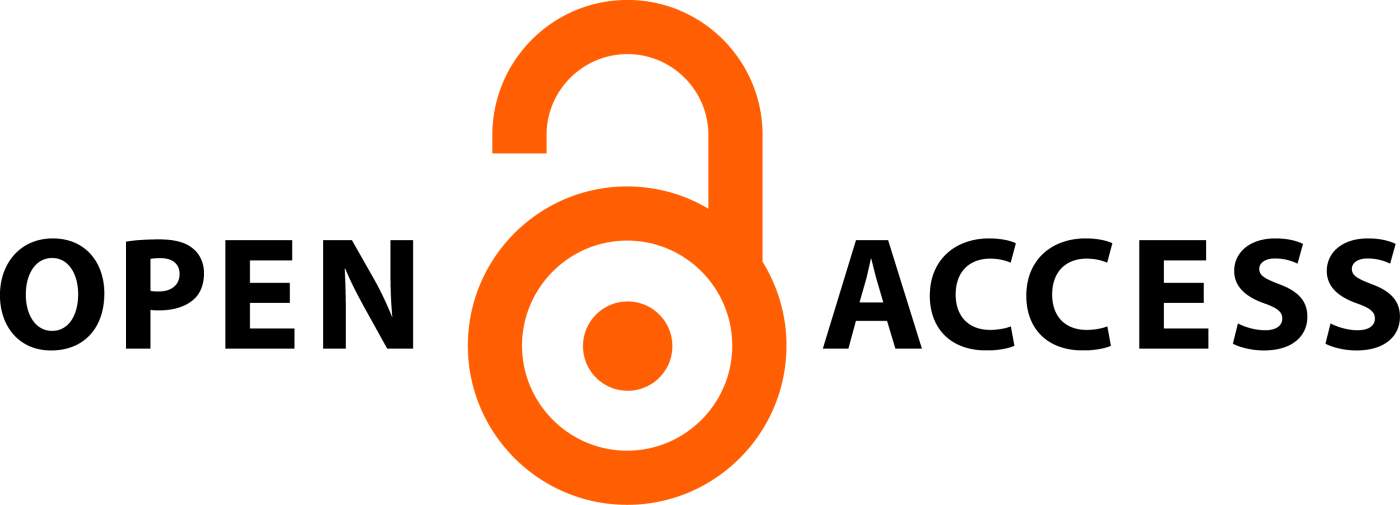A PROSPECTIVE OBSERVATIONAL STUDY ON SAFETY EVALUATION OF IMMUNIZATION IN INFANTS AND CHILDREN
Abstract
Objective: This prospective observational study aims to evaluate the safety of immunization in infants and children below 1 year of age.
Methods: This study we have observed the immunity in the children of age 0-12 months and followed the list of vaccinations given by the National Immunization Schedule. Data was collected from ANMs (Auxiliary Nurse Midwives or nurse hybrid) and from the immunization book which is provided to parents. A cohort of 150 infants and children of age below 1 year are included in our study.
Results: The most common AEFI reported was fever, followed by swelling. Among the vaccines, Pentavalent & oral polio vaccine (OPV) was majorly responsible for AEFIs, followed by measles and rubella (MR). Severe adverse reactions like Seizures are observed in 3 children for the pentavalent vaccine.
Conclusion: The present research study conclude that these AEFIs are common in children and they are not that much harmful and the socio-economic parameters, life style and food habits also effect the immunization in infants and children.
Downloads
All the articles published in JAPSR are distributed under a creative commons license (CC BY-NC-SA 4.0)
Under this license, you are free to:
- Share- copy and redistribute the material in any medium or format for any purpose, even commercially.
- Adapt- remix, transform, and build upon the material for any purpose, even commercially.
The licensor cannot revoke these freedoms as long as you follow the license terms.
- Attribution — You must give appropriate credit , provide a link to the license, and indicate if changes were made . You may do so in any reasonable manner, but not in any way that suggests the licensor endorses you or your use.
- NonCommercial — You may not use the material for commercial purposes .
- ShareAlike — If you remix, transform, or build upon the material, you must distribute your contributions under the same license as the original.
- No additional restrictions — You may not apply legal terms or technological measures that legally restrict others from doing anything the license permits.
Copyright policy
The journal allows the author(s) to hold the copyright of their work. That means the authors do not need to transfer the copyright of their work to the journal. However, the authors grant JAPSR a license to publish the article and identify itself as the original publisher.
Licensing policy
The journal allows the author(s) to hold the copyright of their work. That means the authors do not need to transfer the copyright of their work to the journal. However, the authors grant JAPSR a license to publish the article and identify itself as the original publisher.






